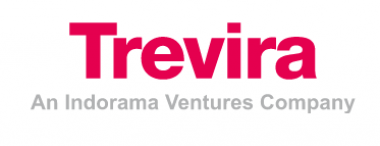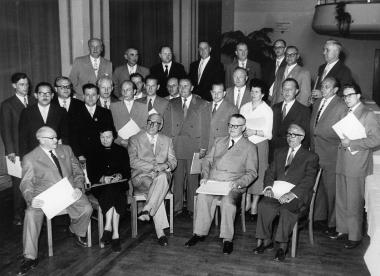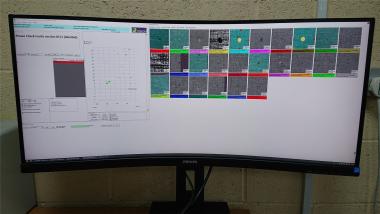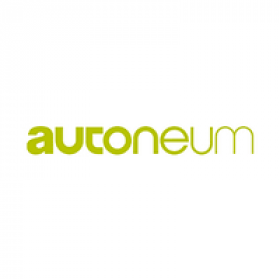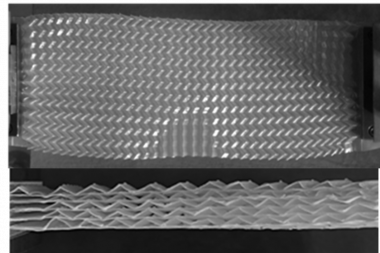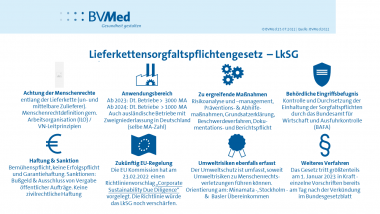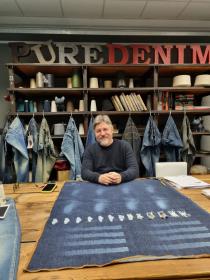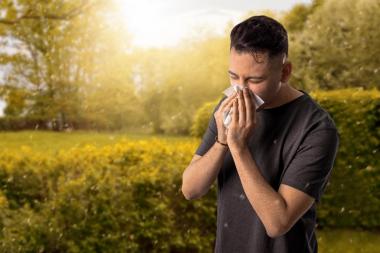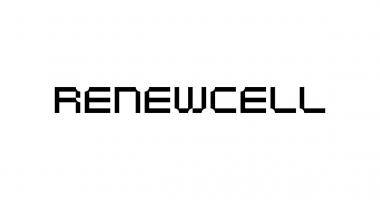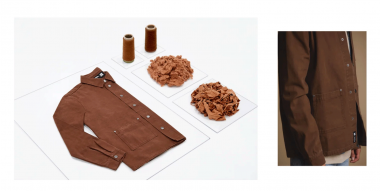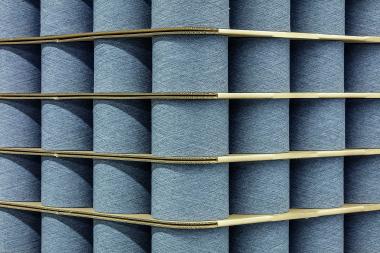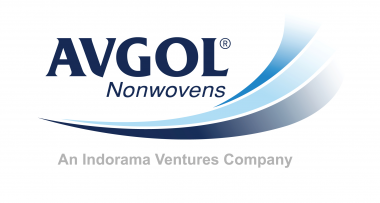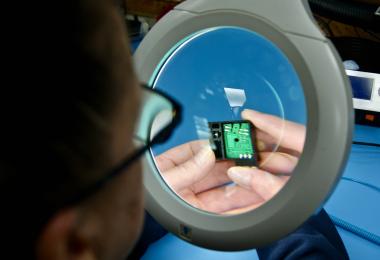Trevira CS: Rückblick 2022 anlässlich der Heimtextil
Das zurückliegende Jahr war von Krisen gekennzeichnet: Die anhaltende Corona Pandemie, gestörte Lieferketten sowie die durch den Ukrainekrieg ausgelöste Energiekrise prägten die weltwirtschaftlichen Rahmenbedingungen. Auch das Geschäft mit flammhemmenden Trevira Fasern und Filamentgarnen geriet unter diesen Einflüssen unter Druck, insbesondere aufgrund der rasant ansteigenden Energie- und Rohstoffkosten. Polyesterprodukte sind hier in besonderem Maße betroffen, da sie zum einen in energieintensiven Herstellungsverfahren produziert und zum anderen aus Erdölderivaten hergestellt werden.
Insgesamt war 2022 für den Bereich der schwer entflammbaren Trevira Fasern und Filamentgarne ein anspruchsvolles Jahr. Aufgrund der massiv ansteigenden Energiekosten und der davon getriebenen Inflation war es unvermeidbar, Preisanpassungen vorzunehmen. Die generell vorherrschende große Verunsicherung im Markt führte auch auf dem europäischen Objektmarkt zu einer Kaufzurückhaltung, die im 4. Quartal ihren Höhepunkt erreichte. Insgesamt ist das Unternehmen für 2023 leicht optimistisch gestimmt, erwartet aber eine Erholung des Marktes erst wieder im 2. – 3. Quartal.
Im Bereich der flammhemmenden Stapelfasern wird 2022 mengenmäßig in etwa auf Vorjahresniveau abgeschlossen. Dabei lag das Unternehmen nach den ersten 9 Monaten noch gut 10 % über der Vorjahresmenge, was aber durch einen deutlichen Nachfragerückgang im vierten Quartal relativiert wurde.
Hervorzuheben ist die starke Nachfrage nach recycelten Fasern (pre-consumer) für den Einsatz in Trevira CS eco Textilien. Aufgrund von Verzögerungen konnten in der Anlaufphase die nachgefragten Mengen nicht vollumfänglich bedient werden. Für 2023 werden deutliche Wachstumspotentiale gesehen. Die Investition in einen neuen Schmelzefilter für eine der Spinnanlagen wird durch die hiermit verbundene Prozessoptimierung dazu beitragen, die steigenden Nachfrage besser erfüllen zu können. Als besonders robust hat sich unser Geschäft in Italien und in der Türkei erwiesen, wo wir die uns gesetzten Ziele für 2022 erreicht haben.
Auch im Bereich der flammhemmenden Filamentgarne wurden die Ziele für 2022 mengenmäßig mit ca. 4 % unter Plan leicht unterschritten. Das Trevira CS Geschäft hat seinen Fokus nach wie vor auf Europa, mit den wichtigsten Märkten Italien, Deutschland und Skandinavien. Eine starke Nachfrage ist im Office-Bereich zu verzeichnen, wo Garne mit hohen Scheuerbeständigkeiten zum Einsatz kommen.
Für 2023 formuliert Trevira CS bei flammhemmenden Filamentgarnen ein Wachstumsziel von 5 %. Generiert werden soll dieses durch neue Produktentwicklungen und die Verstärkung der Aktivitäten im Schifffahrtsbereich und im türkischen Markt.
Trevira GmbH


